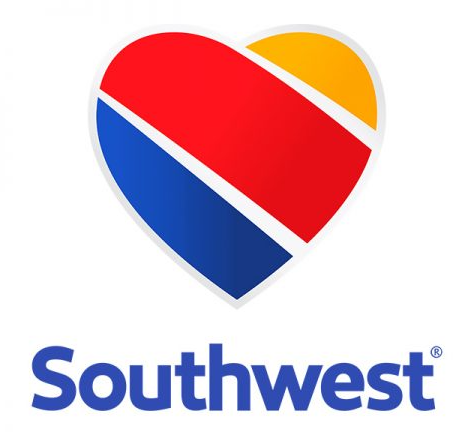Southwest Airlines has recently announced a change in its in-flight internet pricing model, shifting from an $8 daily internet fee to an $8 per flight segment internet access fee. This decision has sparked conversation and interest from consumers, as they consider how this change may impact their travel experience and budget. We will explore the reasons behind this shift and analyze its potential effects on Southwest and its passengers.
The primary reason behind this change is to align with Southwest’s business model of keeping costs low while offering reliable services. Southwest has not made much public statements about this change but we were able to review and confirm this internal Southwest Airlines company communication:
To support the current and upcoming WiFi enhancements, Southwest is implementing a new internet pricing model. Effective Tuesday, February 21, internet will remain $8 but will be purchased per-leg (being introduced as “Takeoff to Landing”). We will no longer offer an $8 DayPass for internet.
The new per-leg model, entitled $8 Internet
- Supports the introduction of Viasat and allows us to use two vendors without integrating the two payment systems.
- Provides an experience with which Customers are familiar, as most other airlines follow a per-leg internet pricing model.
- Impacts a small subset of Customers due to our robust network of nonstop flights and a small percentage of internet Customers choosing to use paid internet across connecting flights.
The old pricing model of $8 daily internet fee did not generate enough revenue for the airline to justify the expense of providing this service on all flights. This pricing model also meant that passengers who were traveling on connecting flights did not have to pay the daily fee multiple times, reducing their overall travel expenses. By changing the pricing model to $8 per flight segment, Southwest can now offer in-flight internet access to all passengers while ensuring that the cost of providing the service is covered. This pricing model also ensures that passengers who are connecting on multiple flights are not penalized for using the service.
Another benefit of this new pricing model is that it aligns with Southwest’s “transparency” philosophy. By breaking down the internet fee to a per-flight segment basis, passengers can easily understand the cost associated with using the service. This move by Southwest is consistent with their overall strategy of providing straightforward and transparent pricing, which has been a key factor in the airline’s success.
While this change may seem like a small adjustment, it could potentially have a significant impact on Southwest’s bottom line. With in-flight internet access becoming increasingly important to travelers, offering this service can be a competitive advantage for airlines. By making in-flight internet more affordable, Southwest is making their service more appealing to passengers who are looking for a cost-effective way to stay connected while in the air. This move may also attract more business travelers, who often need to stay connected during their flights.
However, there are potential downsides to this change as well. One of the main concerns is that by charging per flight segment, passengers who are taking longer flights or multiple flights may end up paying more than they would have with the daily fee. For example, a passenger taking a flight with two segments would end up paying $16 for internet access, while they would have paid $8 under the old pricing model. This increase in cost may deter some passengers from using the service, particularly if they are traveling on a tight budget.
Another potential downside is that this change may create confusion among passengers who are not familiar with the new pricing model. The daily fee was a simple and straightforward pricing model that was easy for passengers to understand. The new pricing model of $8 per flight segment may require more explanation and could lead to confusion, particularly among infrequent travelers.
Southwest Airline’s decision to change its in-flight internet pricing model from a daily fee to a per flight segment fee is a strategic move that aligns with the airline’s business model and overall philosophy of transparency. While this change may create confusion and may increase costs for some passengers, it has the potential to attract more passengers who are looking for a cost-effective way to stay connected while traveling. Overall, this change reflects Southwest’s commitment to providing affordable and reliable services to their passengers while maintaining their competitive advantage in the airline industry.
If have any internet connectivity issues, give us a call at 1-800-620-5285. Karls Technology is a nationwide computer repair company with offices in most metros. This blog post was brought to you by our staff at the Dallas Computer Repair Service. If you need computer repair in Dallas, TX please call or text the local office at (469) 299-9005.

